Music industry journalist and researcher Cherie Hu has a depth of insight to offer for those curious to understand the music business landscape. As well spoken on the music industry’s history as she is on its current trends, Cherie releases weekly analysis and forecasts for Patreon subscribers in her Water & Music newsletter. She expands her thoughts on the dynamic intersection of music, technology, and business across many different conference participations, podcast featurings, and guest articles for publications like DJ Mag, RA, Music Business Worldwide, Rolling Stone, NPR and more. Her consistent output and ability to string together the ongoings of the scene make her a go-to narrator of shaping trends and practices. We caught up with Cherie earlier this summer to gather thoughts on the rapidly changing industry landscape, in light of her keynote for Alberta Electronic Music Conference‘s VEMS Summit – leaving the conversation with many answers and many new questions.
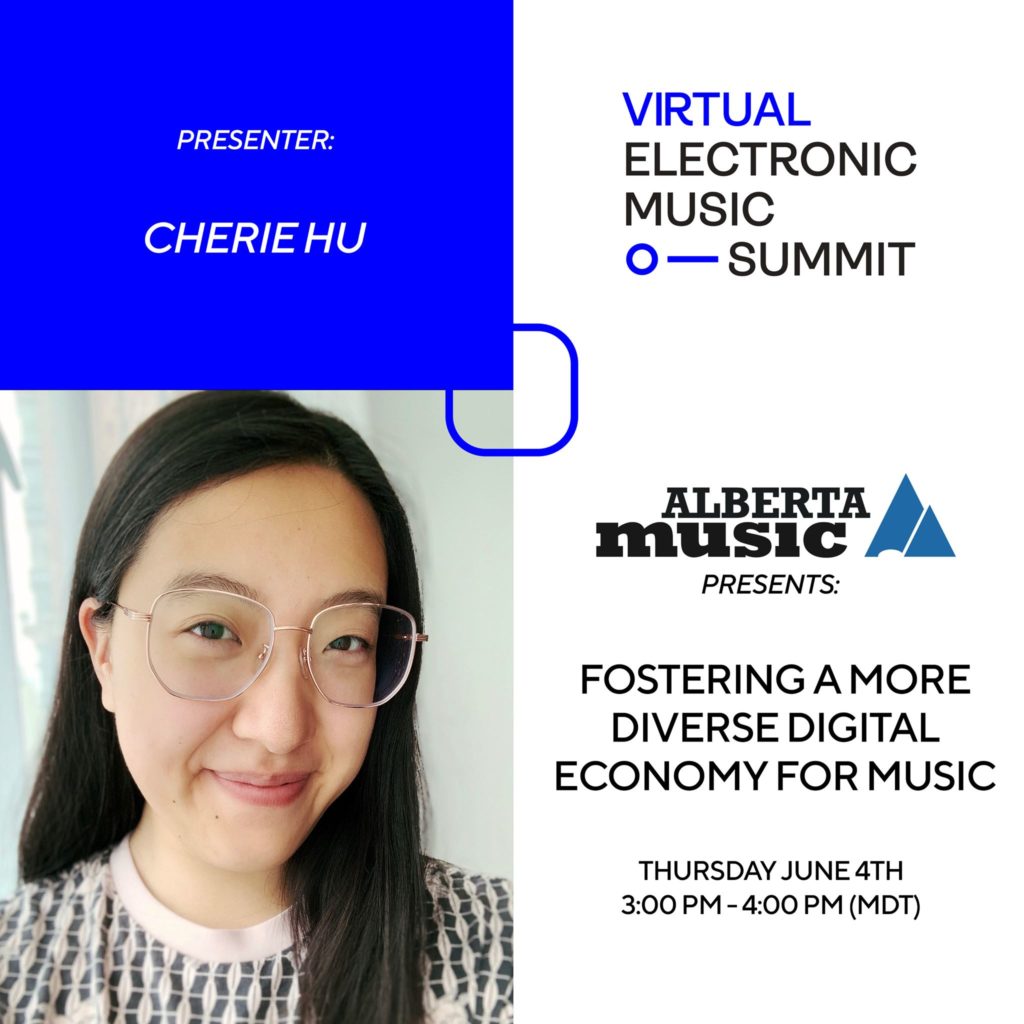
Husa Sounds: Hey Cherie – let’s dive in and chat about your involvement with the Virtual Electronic Music Summit this summer. What topics did you touch on in your keynote, and what are your takeaways from this moment of transition in music?
Cherie Hu: A lot has changed within a few months. Both in the world and in music, things are changing from week to week. For VEMS, I talked about the idea of fostering a more sustainable digital economy from music. That comes from me and basically everyone else in the music industry realizing how fragile the digital economy actually was, which is questioned too in a lot of the narratives that have been bred in the media. Revenue stream is off the table for a lot of artists, large and small, and a lot of them are only relying on sources of digital income. Touring was the majority of their income, 60 to 80%. With touring off the table, all they had left was streaming – they realized that they just cannot subsist off of that. I think a lot of people had taken the streaming to live show cycle for granted. Electronic music is a really good example of this, because there has been a culture of releasing music for free on SoundCloud, or releasing music via streaming. A lot of these more vocal artists were okay with sharing music for free or close to free because they made their bread and butter from shows. And now’s the time where we’re really questioning the sustainability of that.
Pre-pandemic, we were already questioning the sustainability of touring physically and emotionally for artists, and environmentally for the world. I think the pandemic putting off that revenue stream altogether only expanded that conversation to include thinking of more sustainable artists careers that don’t rely so much on getting my close to a point of burnout by being on the road all the time because of the low margins of streaming.
On one hand, I feel like a lot of tech and ideas that have been around for decades maybe were not prioritized by a lot of people in music because their minds were on touring or streaming. I think the example this is the millions of dollars that Bandcamp has attracted on the days that they’ve waived transaction fees. I’ve noticed it’s where a lot of artists are directing fans to listen to their music nowadays. There’s a wider realization now that streaming is the most convenient, maybe for a lot of people in terms of how to access and consume music.
And the other example of an older trend that’s coming back is live streaming. I only learned this in doing research about this tech just over the past month or so, but the first ever live stream in 1993 was a music livestream: a bunch of bands used tech that the Rolling Stones were going to use soon after, they got earlier access to it and broadcast this super janky live stream that was only really viewable by a few dozen people from Xerox PARC. With that history in mind, live streaming channels that a lot of artists are using today have been around for five to ten years. They’re a bit newer but they absolutely haven’t seen an activity like what they’ve seen in the past couple of months. It’s an old technology that because of timing just has more relevance today than ever. I think that also goes back to the immediacy of communication, and access between fan and the artists being much more immediate and direct.
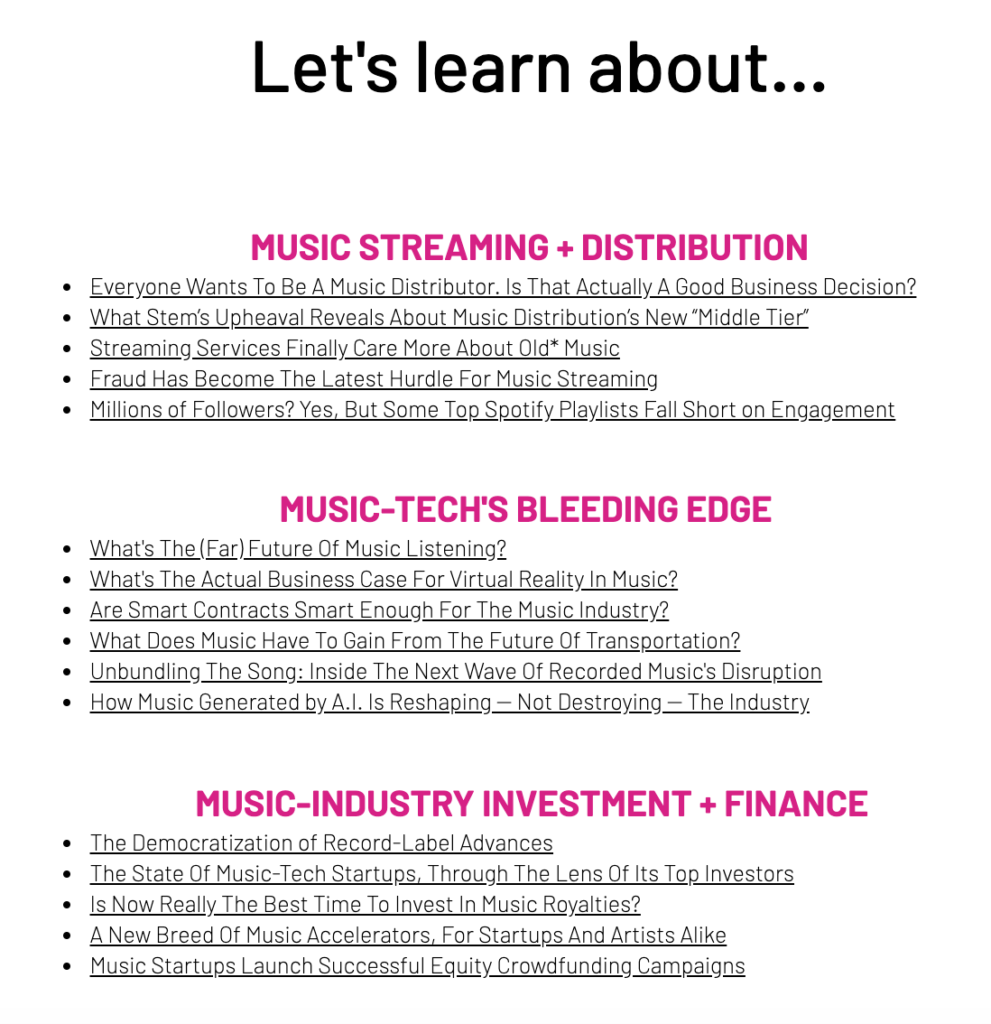
Husa Sounds: In the past couple months, we’ve been consuming live-streaming for free and abundantly. But for live-streaming to be a sustainable solution for artists, , we kind of need to scale back on offering and monetize it better. How do you envision this challenge?
Cherie Hu: I think this is more like a month to month change. Around March and April, many festivals and tours got canceled. Artists, venues and labels rushed to live streaming because they wanted to, or felt this perceived pressure from everyone else who’s doing it.
And they naturally went towards social platforms we are most familiar with, Facebook and Instagram. Probably the vast majority of accounts are impossible to monetize – you cannot monetize an Instagram or Facebook Live sessions. I think people went to those platforms anyway because they cared about scale. And they cared about reaching as many people as they could, on a global level. Now, a lot more artists and labels are speaking out saying okay, so we lost all of our touring revenue. And in exchange, you’ve basically been asked, or pressured to do these live streams for free. There are a bunch of issues about brands hosting live streams and asking artists to perform for no pay, which artists are speaking out against as well. I also think one issue that people realize is that when a lot of people first started live streaming in the month of March, they assumed that lockdown was going to last shorter than it is right now. We realize now that this live streaming thing is not just a start. It’s not just a one time thing and there needs to be a more sustainable infrastructure around it.
Interestingly, I haven’t heard of many examples of paid livestreams yet. The biggest one that comes to mind is Erykah Badu. She hosted a live stream with white label platform called Maestro. They built a custom experience for her, and she only charged $1 to $2 for admission. It was a pretty highly produced thought-out visual experience. But I haven’t seen any other artists of her stature promote a live streaming experience. Some people claim that fans wouldn’t want to pay for live stream but I am increasingly on the side of thinking that they’ve never had the opportunity to.
And then there’s also different business models, and the question of how do you make a live stream something people are actually going to pay for. I don’t think people are going to pay for someone live streaming from their phone, especially because they’ve seen a lot of people do that on Instagram already, so that’s just been like ingrained in people’s heads. You know, it’s a very low fi low investment. So that’s another discussion happening too, about what are the best and lowest cost resources to make a live stream actually interesting. There are all these different interlocking questions that people are asking from, how much to charge in the first place to what platform to use or who to partner with, to how to make the show itself.

Husa Sounds: This is perhaps also an opportunity for increasing the presence of digital arts in musical experiences.
Cherie Hu: Definitely. This isn’t new per se, but collaborating more closely with gaming and immersive media companies is more emerging as a practice. I think this goes from the smallest artists to the biggest labels, but if you look at major labels, they’ve definitely done a lot of gaming partnerships with their artists. Usually they’re one off marketing campaigns that didn’t really have a goal of necessarily growing their audience; nor did they necessarily believe that it was even possible. But now, especially in the wake of things like Travis Scott‘s show in Fortnight or all these festivals happening in Minecraft, Sony Music is hiring for a gaming team within their company and they want to hire lighting artists, animators, game level designers… to help create more immersive worlds for artists on their roster. To my knowledge, that has never really happened before within a record label, having a dedicated team that resembles what you see a gaming company. But an important question that indie artists face is how they take advantage of this kind of new paradigm of super immersive interactive concert experiences within games that feel like games. If you’re not a major label artist or if you don’t have a million dollars or significant six figure budget to work with. I think that’s like conversation itself is still emerging as well.
Husa Sounds: MUTEK San Francisco recently showed a more immersive experience for their online event, with interactive installations in a virtual studio happening alongside streams… How do you feel about these completely different experiences of virtual festivals?
Cherie Hu: I’ve been thinking more about that. I also think it’s emerging, but what’s important to consider when designing a festival experience or just a one off concert experience, is this idea of spatial thinking. And I realized this actually in part through that event, but also looking into VR, AR and MR and how that could potentially be applied to music in this context. Part of the thrill and excitement of an in person festival is walking in between stages, and just taking in the space, the people in the audience and artists… I have not really seen that happen in these virtual festivals, the greatest extent of spatial thinking or travel is opening a new tab maybe to watch another stream. I feel like because it’s so frictionless it’s also just as easy to not pay attention or close the tab. Actually, music and gaming partnerships are a good example of incorporating spatial thinking or making it feel like you’re actually walking through a 3d space. Gaming is the most extreme example for concerts that happened in those environments.

Husa Sounds. About the spatial experience – in these virtual festivals we lose elements like the moment of transition switching between stages, or the whole decision making process of evaluating options of who you want to see… How do you think this will impact our listening habits and our attention spans as it pertains to music in the long run?
Cherie Hu: Yeah, something I’m already noticing with Spotify is that it’s kind of cornered itself to a very explicitly lean back function. If you see how it responded immediately to the pandemic and to a lot of people being forced to work from home – they created a whole at home hub on their homepage. It was almost all just playlists, studying, cooking, focusing or working out from home. They really solidified their role as a very lean back functional service offering that happened to include music and podcast now, as opposed to being a hub where people could come to communicate and socialize or where artists can socialize with bands. I don’t know if they are going to make that possible. In terms of where people are giving their money, increasingly, they’re leaning towards other platforms where that is possible.
Husa Sounds: We’re seeing artists looking into all the different tech and digital opportunities to connect with fan bases and gain visibility. Online platforms through which we can engage with them more directly are diversifying. Do you see these newer platforms as able to size up with streaming giants like Spotify in the long term?
Cherie Hu: The past couple of months artists have been best suited to adapt to this massive shift to live streaming, and to a culture where people want direct and immediate engagement. So the more people talk about live streaming and understand the nuanced landscape, the more people realize that it’s just an umbrella term that has so many different kinds of experiences. There are artists who are best suited to adapt to live streaming, with like Instagram Live or Twitch, doing these more casual and formal streams on a more regular basis as opposed to just great like highly produced sets, which are more difficult to do more often. The artists who livestream regularly like once a week or even once a day have a certain personality there. Talkative enough to hold fans’ attention and to interact with them for an hour or more. They’re more used to putting out content more regularly. A lot of the biggest artist accounts on Twitch right now are hip hop producers and electronic producers, I think because of their cadence putting out music already a lot more frequently than other genres. They’re already used to maintaining consistent presence online and so live streaming is just a natural extension of that. So I think it’ll compete with the aggregation driven leanback streaming model. Spotify is not leading indicators of taste anymore. One example of where you’re seeing this is with TikTok. If you look up the Spotify viral 50 chats, any given time, most of those songs have a direct connection to some kind of TikTok meme, or some kind of hashtag.
TikTok is now more suited than Spotify as an earlier indicator of a song’s popularity and likeliness to blow up later. It really centres human interaction and personality, and everyone’s showcasing themselves as the context for the music as opposed to just releasing the track and hoping that resonates with people. It is very personality and video driven, which is something that Spotify definitely has to catch up to, in part because they’re not investing in it as a format and because artists can’t live stream there. It may change if Spotify decides to invest more in some kind of video, or user generated video. But that’s where I see competition happening in terms of where people go to understand what’s happening in music culture right now. Spotify is definitely not on top of that list.
Husa Sounds: The proliferation of online events is making music more accessible in a way, more participative. How do you see this current accessibility of content feeding back into the live economy?
Cherie Hu: I think a lot of people across the music industry, both artists and venues, are getting serious about a hybrid real life and live streaming model in the future. One example of this actually is this party series in New York called The Bunker, which normally takes place in Brooklyn, as part of the indie underground electronic scene. They obviously haven’t been hosting events in the past couple of months but they have a live stream goes on pretty often and they’ve fundraised as well. They’ve raised as much money through contributions from people online than the equivalent of ticketing the events in person.
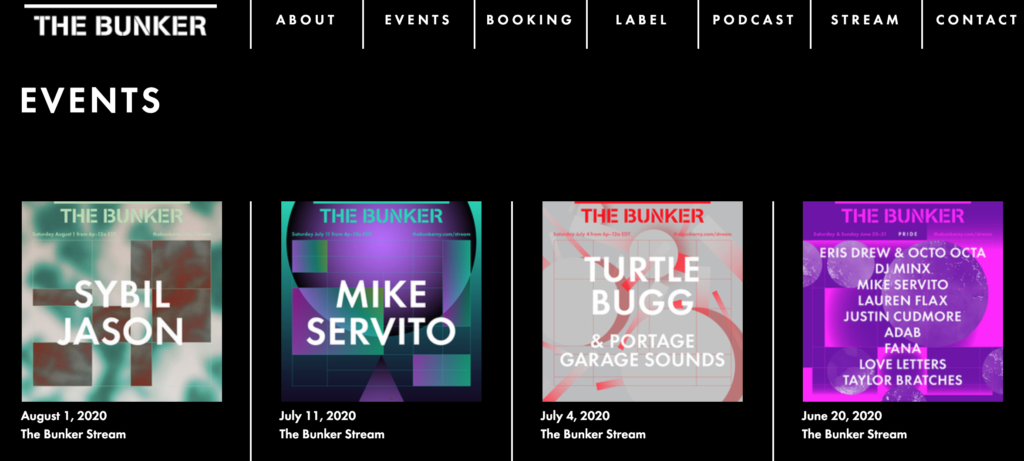
I think especially some venues that have a really tight knit community around them, whether a local community or otherwise online, are realizing that they don’t just have to care about their immediate location, they can actually benefit from engaging with the more international audience, not be able to show up in person at any given time that I know a lot of artists are thinking seriously about like hybrid IRL live streaming model for touring.
This goes back to the issue of sustainability, just like in-person touring often tales a mental toll on artists. A lot more of them are thinking critically about their environmental footprint. To take care of themselves but also to not have to limit their performance reach to just a handful of cities. I know a lot of them are thinking seriously about how to weave live streaming into the “touring experience” whether it’s a live stream in between sets or a series of live streams, or leading up to a tour.
Something that I am not sure is going to happen for the major festivals, but I’d like to see for like Coachella and Lollapalooza in the US, would be not just engaging people when they’re selling tickets for the event that happens just once a year. I think it’d be more interesting if they still had their in person event but also had one or two virtual music events to keep people engaged throughout the year. SXSW has actually done this really well, in light of canceling they had a weekly series of virtual talks featuring speakers of the same caliber, that you would expect to see in person in Austin. They’re one of the few conferences and festivals at that level that chose to do more regular online programming, as opposed to calling the whole thing off and waiting until the next time.
As for Coachella specifically, they’re in an interesting position because no one knows still if they’re going to happen in October. (note: the festival has since been postponed) There’s a lot of uncertainty around that that I’m sure they’re dealing with but I feel like in the time between when they postponed around March, and October, it could be interesting for them to do some kind of online event in a way that I don’t think would dilute from the value of being out there at an in person event.
Husa Sounds: They’re no strangers to live streaming…
Cherie Hu: Exactly, during the actual event. All the tech is there. Their lineups in recent years have been quite good so I think people trust their ability to curate interesting lineups. In this time of general prolonged uncertainty, I think it would be cool for a festival like that to at least host some kind of event online, as opposed to having people waiting. I’m not sure if that will actually happen, let alone in the coming years, but I think this whole moment has woken people up to the importance of accessibility as well, the openness and access that live streaming provides. It’s been a couple months now to the point where people’s habits have really been transformed, they’re more open to this concept of live streams. To go back to a model that gives less access seems like a bad decision in some cases, or anything ideally, you’d want to keep things more open as well, and bring more people along for the ride like even after this whole pandemic is over.
Watch the talk below and catch all other VEMS replays here.
Follow
Alberta Electronic Music Conference
Cherie Hu
AEMCON’s November edition is currently postponed to 2021


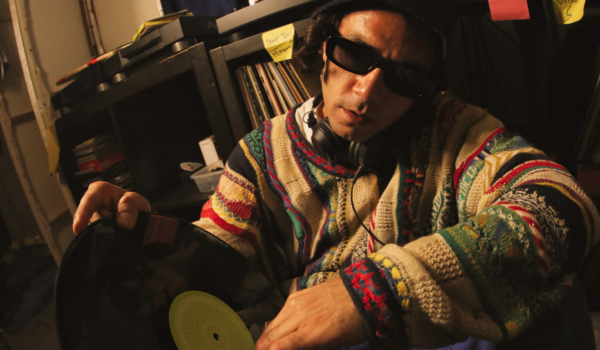
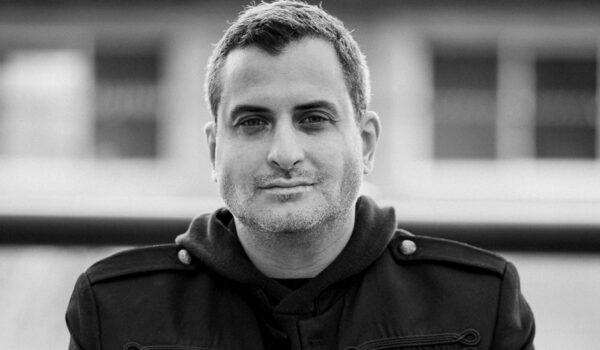
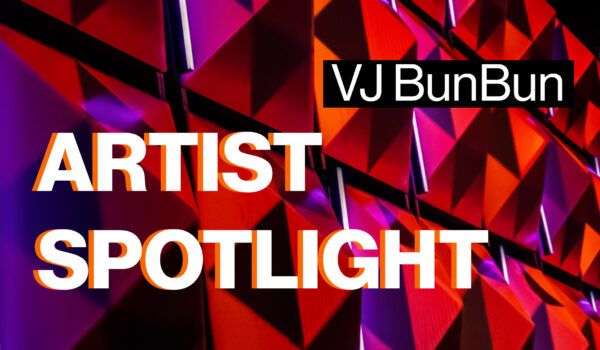

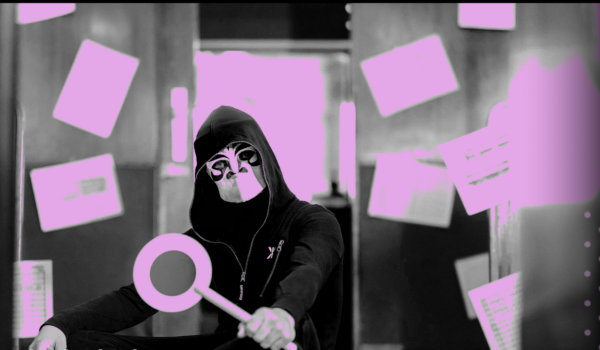


Comments